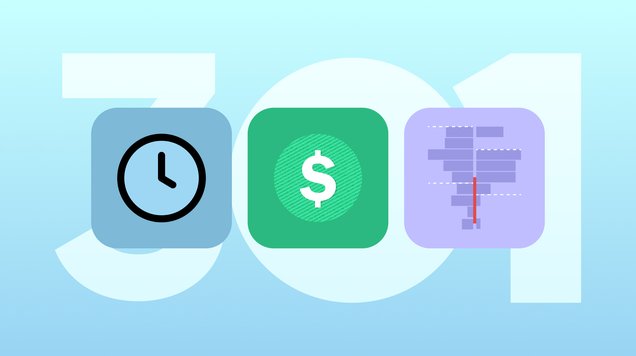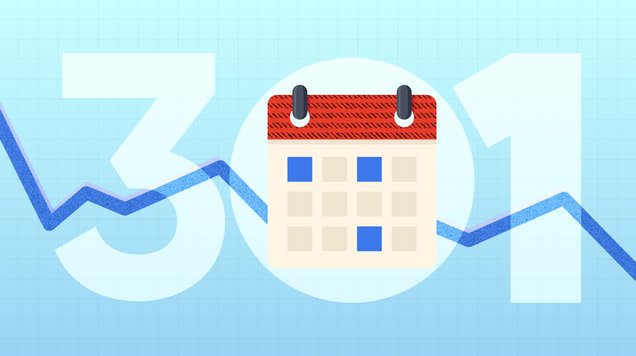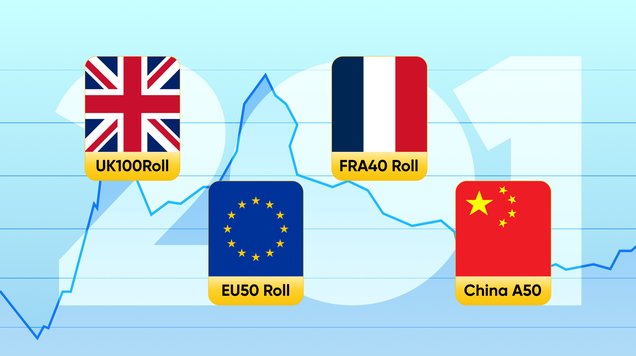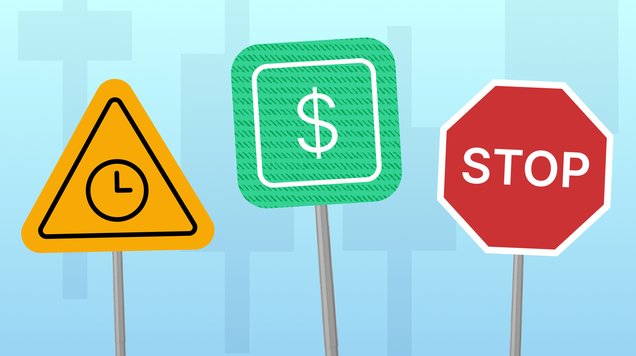Understanding slippage and gapping in financial markets
Learn about the impact of gapping and slippage in financial markets and how to create opportunities from price action.

Slippage occurs when the execution price of a trade deviates from the expected price, leading to potential increased trading costs and impacts on profitability
Traders can mitigate slippage by using trading strategies such as splitting orders and using limit orders
Gapping refers to abrupt price changes, often seen at the opening of trading sessions, triggered by unexpected news or events
Gapping trading strategies allow traders to identify, confirm, and capitalise on significant price gaps
What does slippage mean?
Slippage occurs when there is a difference between the expected price of a trade and the actual price at which the trade is executed. The discrepancy between the two prices often happens during periods of high volatility or low liquidity.
It can result in a trade being executed at a less favourable price than anticipated, leading to higher trading costs, and potentially impacting the profitability of the trade.
There are two types of slippages:
Positive slippage occurs when the trade is executed at a more favourable price than initially expected. This is more common in fast-moving markets.
Negative slippage occurs when the trade is executed at a less favourable price than intended. This raises concerns between traders as it increases the cost of the trade.
What causes slippage?
Order size
Large orders may not be fully filled at a single price level, resulting in partial fills at different prices. A partial fill can happen when a large order may be partially filled at multiple price levels. Each partial fill may occur at a different price, contributing to slippage. This is more common with market orders, which execute at the best available prices in the market.
To mitigate the impact of order size on slippage, traders resort to trading strategies such as:
- Splitting orders: Instead of placing one large order, traders may break it down into smaller chunks and execute them over time. This reduces the immediate market impact and helps manage slippage.
- Using limit orders: Limit orders allow traders to specify the maximum price (for buy orders) or minimum price (for sell orders) at which they are willing to execute a trade. This helps control the execution price and minimise slippage.
Depth of the market and liquidity
Lack of available liquidity may result in larger price deviations from the expected execution level. Depth of the market refers to the number of buy and sell orders at different price levels. Larger orders may need to penetrate deeper into the order book to find enough liquidity to fill the entire order. As the order moves through different price levels, the likelihood of encountering slippage increases.
Market volatility
Due to times where there is high volatility, prices can change rapidly, leading to slippage. Often led by unexpected news, economic news and events that trigger rapid price action. It can also be based on the time of day between increased volatility and reduced liquidity.
It's important for traders to consider both the market conditions and the characteristics of the specific asset they are trading when determining the appropriate order size to minimise slippage and optimise execution.
What is gapping?
Gapping refers to when a price of an asset opens above or below the previous days close with no trading activity in between. It could also refer to a jump between two consecutive sessions, again after the close. It can also materialise as a discontinuity in the price chart of a security.
The move will mainly be due to sudden or unexpected news such as earnings reports, economic indicators, or geopolitical events. And typically, it’s at the market open due to overnight developments that happened after the previous day's close.
Weekend gaps can occur when there's a significant event or news over the weekend, leading to a substantial price difference between the close on Friday and the open on Monday. In addition to the reasons for gaps, a market’s reaction to the gap can also influence sentiment and the subsequent price movements.
Different types of gaps
Common gap is considered the least significant as it occurs when the opening price only slightly deviate from the previous sessions closing price. The absence of a striking price movement makes it more common.
Breakaway gap is typically a large gap and signals the beginning of a new trend. Here we see the price surging above or below a significant support or resistance level. The price tends to continue its movement in the direction of the gap over the following weeks.
Runaway (continuation) gap appears in the middle of a price trend and indicates the continuation of the existing trend, usually a strong trend. These are also large visible gaps.
Exhaustion gap occurs near the end of a price trend and may indicate that the trend is losing momentum. The price can then experience a higher gap in response to a final surge in demand often leading to a reversal.
How to use different gap types in trading strategies
- Breakaway gap strategy
To execute a breakaway gap strategy, traders identify significant price gaps with increased volume. Confirmation involves checking various timeframes and technical indicators. After the gap, prices usually retrace to the previous support or resistance, where traders enter positions, anticipating a trend continuation. This strategy involves managing risks through stop loss and take profit orders while closely monitoring the evolving trend.
- Continuation gap (runaway gap) strategy
To implement a continuation gap strategy, traders focus on identifying significant price gaps that occur in the middle of an existing trend, typically characterised by a large and visible gap. Unlike breakaway gaps, continuation gaps suggest the market's intent to persist in its current trend. This strategy acknowledges the strength of the ongoing trend and aims to ride its momentum.
- Exhaustion gap strategy
In the exhaustion gap strategy, traders identify gaps near the end of a price trend, signalling potential loss of momentum. Recognising these gaps involves looking at the difference between the closing and opening prices. Volume analysis and confirmation from technical indicators are key to strengthening the signal. Traders may then adjust their positions, such as reducing exposure or preparing for a reversal. Waiting for additional confirmation signals, like price action patterns, ensures a more comprehensive approach to potential trend reversals.
Overall, the volatile nature of gaps can expose traders to significant risks, making the use of stop loss orders a careful practice. Traders' reactions to unexpected news or events that lead to gaps can influence market sentiment, affecting subsequent price actions.
To further enhance your grasp of gap trading, it's essential to consider the broader market conditions and the unique characteristics of the specific asset being traded. Different markets and instruments may exhibit distinct behaviours in response to gap movements.









